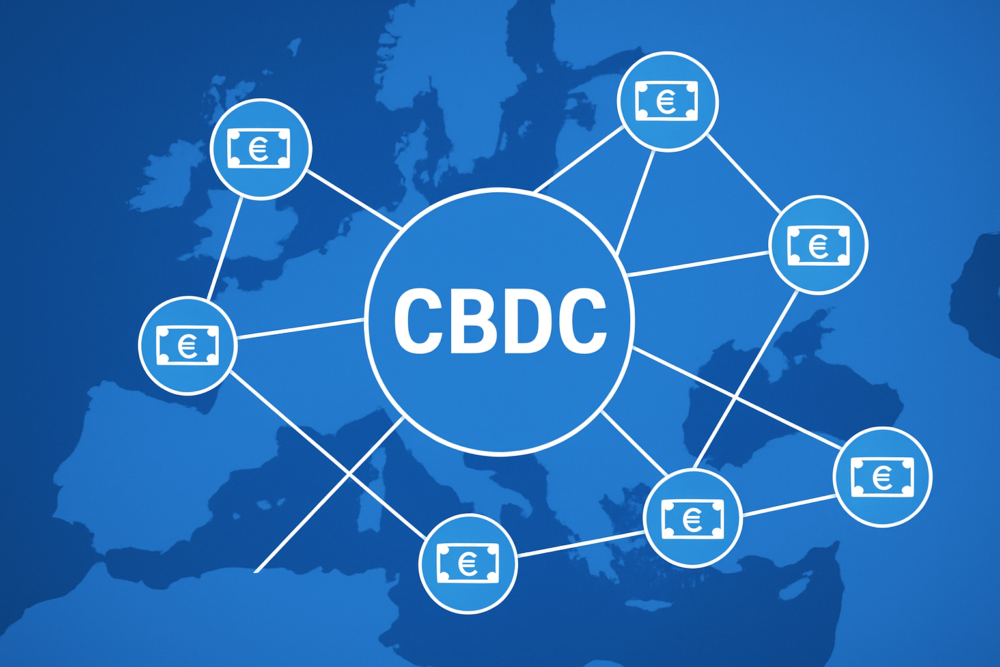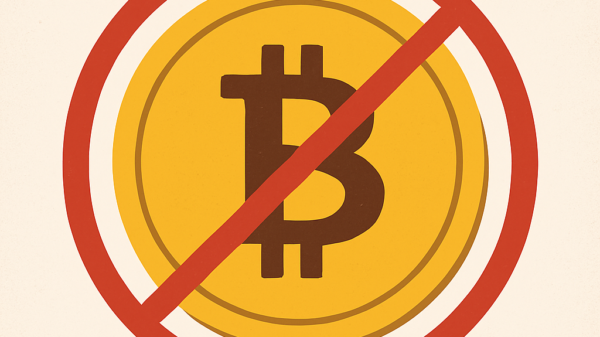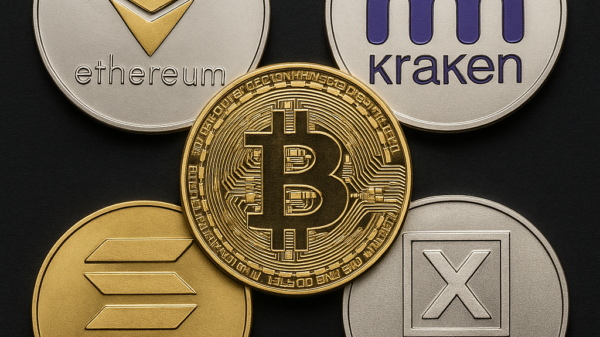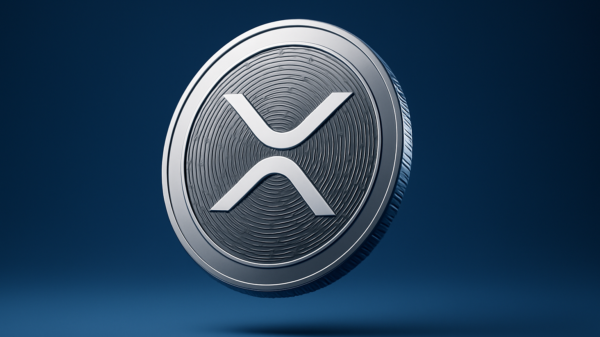The European Central Bank (ECB) has taken a key step toward launching a digital euro, announcing framework agreements with technology providers.
Announced on Tuesday, the agreements cover essential components of a central bank digital currency, or CBDC, including fraud prevention, secure payment exchanges, and software development.
A CBDC is a digital form of a country’s official currency, issued and regulated by its central bank. Unlike cryptocurrencies, CBDCs are centralized and aim to combine the efficiency of digital payments with the stability of traditional money. They can enhance payment systems, reduce transaction costs, and improve financial inclusion.
The ECB confirmed seven companies had signed framework agreements, with at least one more expected. Among them are Feedzai, which uses artificial intelligence to detect fraud, and Giesecke+Devrient, a security technology firm.
“Following the framework agreement conclusion, G+D and other successful tenderers will work with the ECB to finalize planning and timelines,” said Dr. Ralf Wintergerst, CEO of Giesecke+Devrient.
He added that work will focus on the design, integration, and development of the Digital Euro Service Platform under EU legislation and ECB guidance.
ECB officials have studied a potential digital euro since 2021. The project entered a preparation phase in late 2023. Though a final launch will depend on the adoption of the Digital Euro Regulation, an ECB official indicated that 2029 is a possible target.
The agreements themselves do not involve payments at this stage. They include safeguards allowing scope adjustments if legislation changes. Furthermore, the ECB noted that the development of specific components will only proceed after further council decisions.
Read more: The Next Resource Boom: A Mugglehead roundup
Read more: From lab to blockchain: robot swarms aim to make Smart Contracts smarter
Officials are working to ensure security and resilience
Technology companies will also provide additional services, including an “alias lookup” feature.
This feature allows users to send or receive funds without knowing the recipient’s payment service provider. Additionally, Giesecke+Devrient will develop systems that enable digital euro transactions even when users are offline.
Meanwhile, the ECB and European financial watchdogs have highlighted risks from certain stablecoins. Officials have warned that some stablecoins could affect local markets. Conversely, the United States recently passed legislation establishing a regulatory framework for stablecoins.
ECB President Christine Lagarde urged EU lawmakers in September to address risks from stablecoins, especially those jointly issued under the Markets in Crypto-Assets framework, or MiCA, and by non-EU companies.
Additionally, the European Systemic Risk Board issued a non-binding recommendation to ban similar jointly issued stablecoins.
The ECB emphasized that framework agreements mark a planning phase rather than an immediate launch. They aim to prepare the system for potential deployment while maintaining flexibility. In addition, officials are working to ensure the digital euro is secure, resilient, and compatible with existing financial systems.
The announcement underscores the ECB’s commitment to exploring a central bank digital currency. Furthermore, it positions Europe as a potential early mover in CBDC adoption, balancing innovation with regulatory safeguards.
As of 2025, over 130 countries are exploring or developing CBDCs. Nations like China, India, and Brazil are conducting large-scale pilots, while the Bahamas, Jamaica, and Nigeria have fully launched their digital currencies. The European Central Bank is also progressing with plans for a digital euro, with a potential launch in 2029.
.
joseph@mugglehead.com













